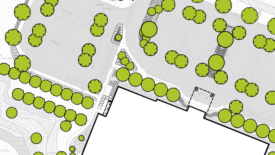Articles by Daniel Overbey
Enhance your expertise with unparalleled insights.
Join thousands of building professionals today. Shouldn’t you know what they know?
SUBSCRIBE TODAY!Copyright ©2024. All Rights Reserved BNP Media.
Design, CMS, Hosting & Web Development :: ePublishing





.jpg?height=168&t=1675017988&width=275)



-REDUE.jpg?height=168&t=1663589998&width=275)
